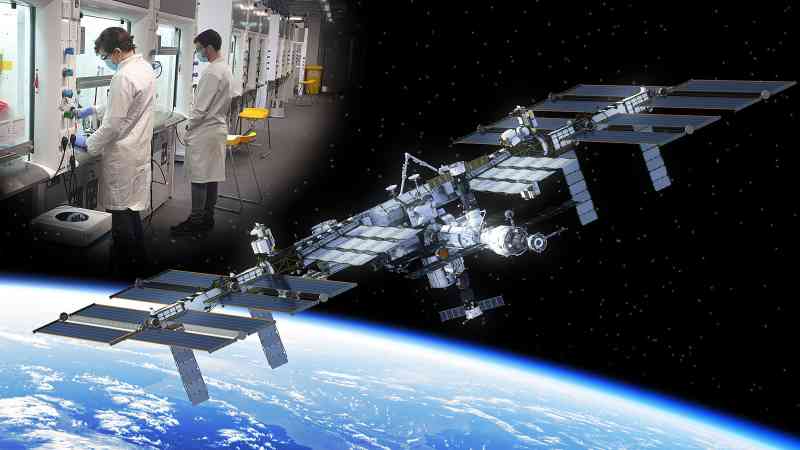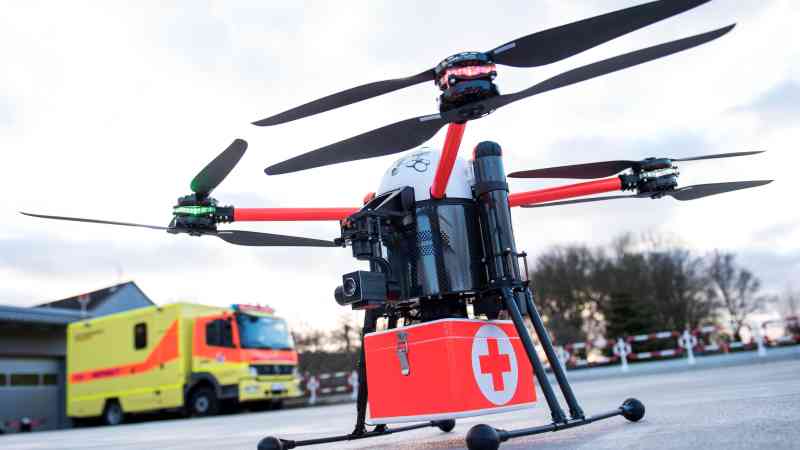Top-secret lab working to protect UK satellites from laser attacks
Materials that could help protect British satellites from lasers and missiles fired by adversaries will be developed by scientists at a new centre opened by the top-secret Porton Down laboratory.
As part of a £42.5 million project, leading experts will be tasked with creating new technology for extreme physical environments.
They will aim to develop materials that can survive in temperatures of 1,000C and in extreme water depths, and others that can cope with high-impact vibrations, shocks and blasts so they could be used in body armour.
Defence chiefs also want British scientists to find a way to develop corrosion-resistant components for submarines and ships so they last longer at sea.
The Defence Science and Technology Laboratory (Dstl), known as Porton Down, has set up the Defence Materials Centre of Excellence (DMEx) to bring together world-leading scientists in a national effort to accelerate advances in the field.
Developing protective materials for satellites is one area of their highly sensitive work. The threat from adversaries in space has increased as China and Russia invest more in their space-based capabilities.
Although military chiefs have warned for some time that future wars could be won or lost in space, little is known about how the UK is preparing to defend against enemy attacks.
The new materials will be designed to offer better blast protection, either from high-energy lasers fired from the ground or from missiles fired into orbit.
Britain has previously accused China of developing anti-satellite technology, including missiles that directly target satellites and “laser dazzle” weapons that could effectively blind a country’s military.
In 2007, China tested a missile system against one of its own weather satellites in orbit. Russia, meanwhile, destroyed one of its own satellites with a ground-based missile in 2021, sparking international outrage. Satellites are vital in providing communications, navigation and intelligence to any military and so the impact of destroying one could be severe.
The materials will also protect British assets from cosmic radiation, which can cause an increased risk of cancer or visual impairment to astronauts. Aside from the human element, space radiation can have serious effects on the operation of satellites, as it can cause their systems to fail.
James Cartlidge, a defence minister, said: “These exciting new materials not only fortify the safety of our personnel and assets, but also symbolise our creativity and innovation in the face of defence challenges.
“The research and creation of these materials will secure highly skilled jobs and expertise across the country and cement the UK’s place as a global leader in advanced materials.”
The Henry Royce Institute for advanced materials, based at the University of Manchester, will lead the centre of excellence with 23 partners from academia, industry and research organisations such as the Catapult Network.
Paul Hollinshead, chief executive of Dstl, said the partnership would create “operational advantage for our armed forces”.
He said: “Advanced materials are the building blocks of the future and an area of great international competition. Today we are putting the UK on path to maintain its strategic advantage by harnessing all the nation’s talents.”
The centre is set to open later this year. In previous work, Dstl was able to revolutionise the production of titanium by reducing the 40-stage process down to just two stages, which halved costs.Titanium alloys offer the potential to transform defence equipment as they have similar strength to steel with half the weight. However, it has been prohibitively expensive.
Dstl said the emerging technological breakthrough was driving the possibility of affordable lightweight, robust, corrosion-resistant components for the Ministry of Defence.






